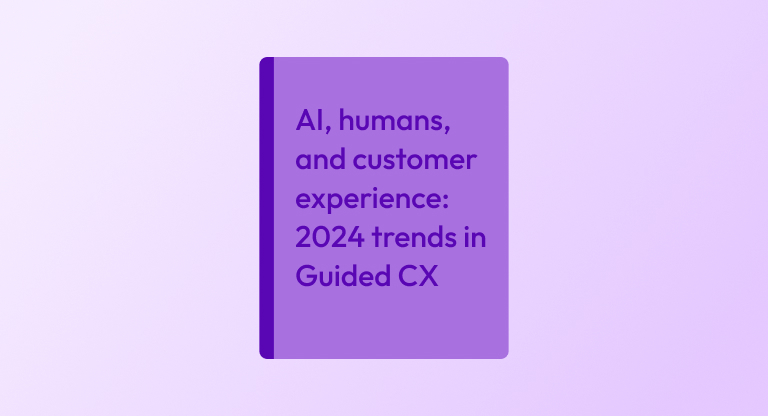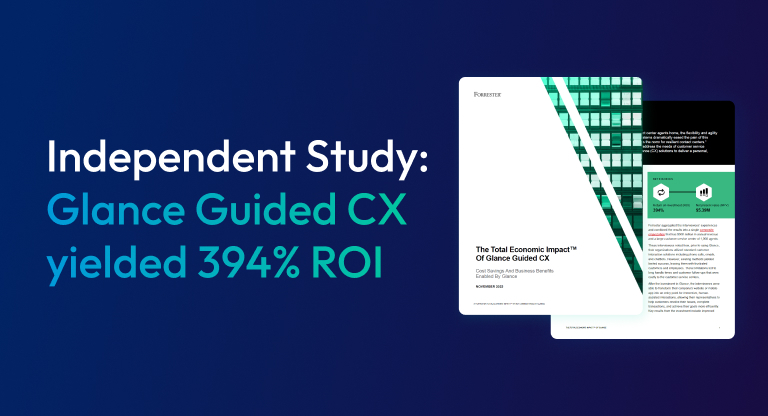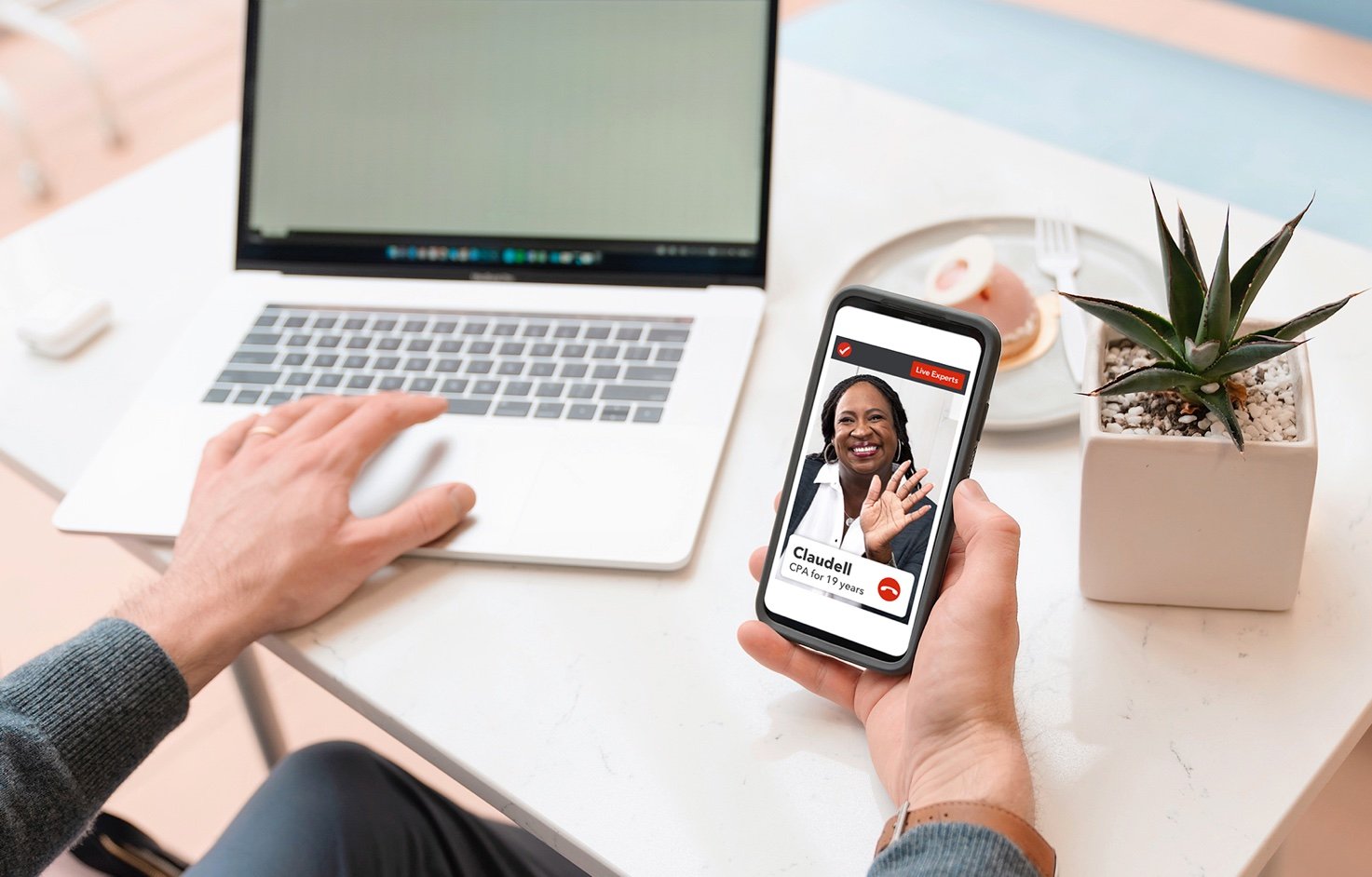As the idiom goes, everybody and their mother has a smartphone nowadays.
And because it’s more convenient for us and our moms to unlock a phone than it is to boot up a laptop, mobile apps are fast becoming the point of business-to-customer digital interactions.
Insurance is no exception, with the insurance applications market expected to reach $164.13 billion by 2023. But it is somewhat behind other industries when it comes to providing great mobile app experiences.
Many insurance companies don’t even have a mobile app yet; others have only built relatively basic apps. Very few have built sophisticated apps that encourage and reward usage – and it’s about time they did.
For inspiration, insurance companies need to look at the app experiences created in industries that are further down the B2C mobile app road, and have built app experiences that customers enjoy and rely upon on a regular (even daily) basis.
And they need look no further than banking.
Why banking apps are (already) so good
When the pandemic caused physical branches to shut down for the better part of two years, mobile banking experienced its big bang moment. Now, mobile banking is most customers’ go-to for getting anything done.
In fact, most of us check our mobile banking app way more frequently now than we had ever gone into a branch in the past to make a quick transaction, check a balance, or pay a bill.
The convenience of the mobile banking experience has far surpassed that of its in-person counterpart. And being part of an experience that is always ‘in our pockets’, that we can interact with as frequently as we want, is just fine with banks.
A 2021 survey published by the American Bankers Association found 44% of bank customers used mobile banking apps to manage their bank accounts (up from 39% in 2020). That made it the most-used method for customers to interact with banks.
According to a fact sheet published by Glance customer U.S. Bank, 80% of its consumer transactions and 65% of its loan sales are now completed digitally, with many customers ‘opting to bank via the U.S. Bank Mobile App’. (An app, incidentally which was ranked among the highest for user experience in the banking industry in a 2021 Forrester report.)
Clearly, every bank now needs a mobile app.
But there’s more: because customers are long accustomed to using slick retail apps – and, increasingly, slick banking apps – the mobile app experience each bank provides has to be at bare minimum, great.
As Senior VP of IBM Global Markets Bridget Van Kranlingen so eloquently puts it: “The last best experience that anyone has anywhere becomes the minimum expectation for the experience they want everywhere.”
And (you guessed it) there’s even more.
Because most banks offer similar products, competitive advantage depends to a large extent on customer experience (CX). As the most popular site of banking CX, mobile banking is now where banks are fighting to establish competitive dominance.
In this market, great simply isn’t good enough. Only raising the bar will move the needle.
The natural effect of all this intense, Darwinian competition and innovation is that banking apps are now offering experiences to rival those of the most popular apps in the world.
Heaving an envious sigh? Deep breaths. We’re here to help.
There’s nothing to say that, with the right approach and investment, insurance apps can’t provide just as worthy of a ‘wow’ experience as the shiniest, snazziest banking app on the market today.
Let’s start with the basics …
4 starting essentials: usability, security, personalization, and support
There are 4 essential characteristics of almost any successful app, all of which the best banking apps are excelling in.
As such, you should follow suit and make your mobile insurance app:
1. User-friendly
Your app needs to work – and be simple to use – across all devices. It needs to have
highly efficient UX, especially when it comes to your most common use cases. For
example: how many button presses does it take a customer to check their terms or
update their policy information?
2. Secure
Your app needs to be secure without compromising its user-friendliness. There should
be a single point of entry, whether that’s a password, multi-factor authentication or
biometric face and/or fingerprint scans. Ideally, you’ll give your customers the option of
picking between these to ensure that their private information stays protected.
3. Personalized
Now that your customers are accessing your app in a secured manner, you really know who your customers are. You’re able to use that customer data (ideally in a transparent way), and be able to push personalized and highly relevant offers their way to keep them engaged.
4. Supported
The best banking apps make it easy for customers to get in touch with the bank whenthey have questions or complaints about the app’s UX or the bank’s processes.
Importantly, these apps don’t make users leave the app to get support, which adds more steps to the customer’s journey and often means that users will have to authenticate their identity again once put through to a customer service agent.
You need all 4 of these characteristics to create a successful mobile insurance app. The rest of this blog, however, is all about that last point: support.
It’s in the way you support your app users that you’re most likely to make your insurance app stand out from the crowd and generate high levels of app adoption, app retention, and customer satisfaction.
Now let’s look at why that is.
Why support matters most for banks, and even more for insurance
Although they’re certainly related within the FinServ sphere, banks and insurance companies don’t have the same customer journeys and use cases to be mindful of. This obviously affects the sort of mobile user experience each needs to provide.
But what is it that mainly differentiates mobile banking app users from mobile insurance app users?
To generalize: frequency of use, and average complexity/sensitivity of interactions.
For banks, customer touch points happen on a regular, even daily, basis. Typical interactions are also quite simple and become routine – so much so that they can generally be performed by users themselves without assistance. (Though users may need help the first time around.) Think: account balance checks, accessing statements, bill payments, setting up standing orders, money transfers…
For insurance companies, by contrast, user touch points are few and far between – possibly once a twice a year, if that. And when they do happen, interactions generally involve more complex processes and difficult decisions which require the intervention of experts from the insurance company.
As a general rule, customers will interact with insurance apps under three conditions: when they’re making a big purchase, when something bad has happened, or when it’s time to renew.
All are high-tension, high-stakes moments where making a mistake can be particularly costly – and encountering an immovable roadblock within your mobile app will be particularly frustrating. These are the moments when customers are most likely to need assistance.
Put simply, insurance app users are more likely to need support. That’s why the support insurance companies are able to offer via their apps is so important in determining the success of those apps – and in endearing their customers to their brand.
Now: what kind of support should they be offering?
Human-to-human support: the secret sauce for your mobile insurance app
Insurance app users need to seek out support from your experts when they’re in the mobile app making decisions for which they need to be well informed, and attempting to negotiate complex processes.
Providing these customers with options for reactive support is key. This support should be:
- Accessed from within your app, not forcing your customers to leave to check out a webpage or (worse still) look up a number to call.
- Flexible to their particular needs, with the most common and simple queries answered via FAQs or fielded by chatbots – and anything more complex being dealt with …
- Human-to-human.
This last point is actually too big for a bullet. Because live, in-app, in-the-moment human interaction is what you should be providing to offer your mobile app users a really stand-out experience – and enables you to provide both reactive and proactive support.
Most apps (in banking and other sectors) offer largely digital, self-serve experiences. Their users don’t expect to encounter and be served by a human – and, because they don’t require their customers to make complex, expensive and emotional decisions, they don’t really need that human service, either.
But – as we’ve already established – insurance is different. The majority of your customers are going to use your mobile app to carry out actions where they really need a helping (human) hand.
If you can offer reactive human-to-human support from within your app, you’ll speed up issue resolution and time-to-transaction. But that’s just for starters.
You’ll also give your support agents and experts a wealth of opportunities to upskill your customers (making them more likely to use your app in the future), cross and up-sell, gather direct feedback on UX for your developers and strengthen your customer relationships with a friendly, empathetic one-on-one conversation.
And all without your customers having to so much as crack open a laptop.
(We’ve written a whole blog about the benefits of humanizing your app experience, by the way. Check it out here.)
Plus, when you’re able to offer human-to-human support within your app, you can offer something that’s potentially even more powerful – proactive support.
What do we mean by that? We mean offering one-on-one guidance from an insurance expert as a service they can use to negotiate the entire process of (for example) renewing their policy or changing their terms, from beginning to end.
This is the kind of service that Intuit has created for its customers using Glance.
Their app users can now choose to have a tax expert on hand with them throughout the process of doing their taxes; the experts can see the app users’ screen (except the sensitive stuff, which is masked) and answer questions to speed things along. You can read all about it in our case study.
There’s human-to-human service – and then there’s human-to-human service …
Guess which one we’re offering.
Human-to-human support could mean live chat or a phone call. And it’s true: both of these can help in supporting your app customers. But the thing is, in both cases, there’s a crucial lack of connection between the mobile app user and expert: a visual connection.
Neither party can see what the other is seeing. The expert can’t show the customer where they need to click or enter information or scroll; nor can they share their screen if they have a video or document that will help the customer out.
Oh, and they can’t see each other, either. Being unable to see the agent’s face puts a strict limit on the level of emotional connection the customer can forge with them.
Emotional connections between real people might sound a little touchy-feely and fuzzy to produce real business benefits, but actually they wind up making a tangible impact on KPIs, taking tension out and injecting humanity into customer-agent-interactions for better end results.
Those results end up impacting both customers and agent experience, providing lift to companies on both ends. (Read our blog on agent experience (AX) to find out why AX matters, and how it relates to and impacts CX.)
So while we wouldn’t claim that you need visual engagement to offer your app users human-to-human support, we’re confident that you need it to provide them with the very best mobile insurance app support experience they can get.
Does the very best user experience sound like something you want your insurance app to provide? If so, you should learn more about Glance Mobile App Share.





